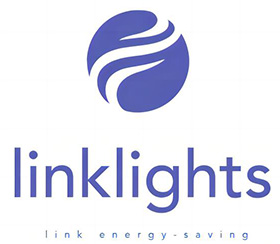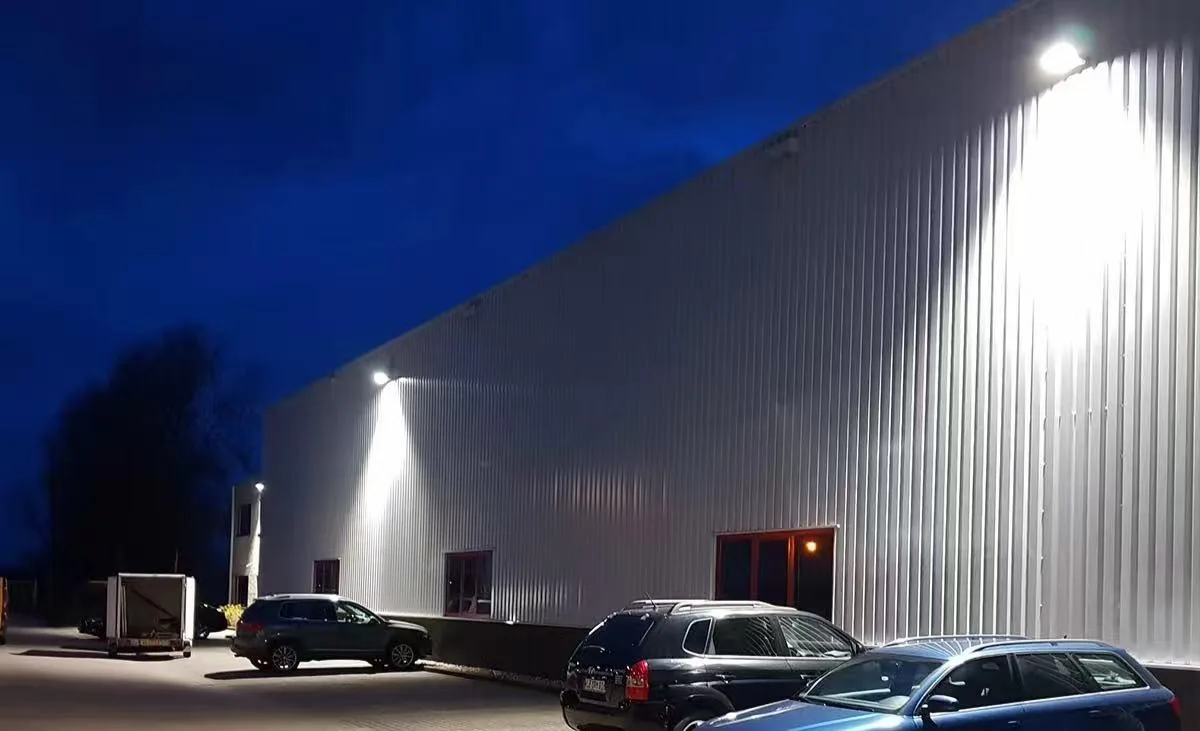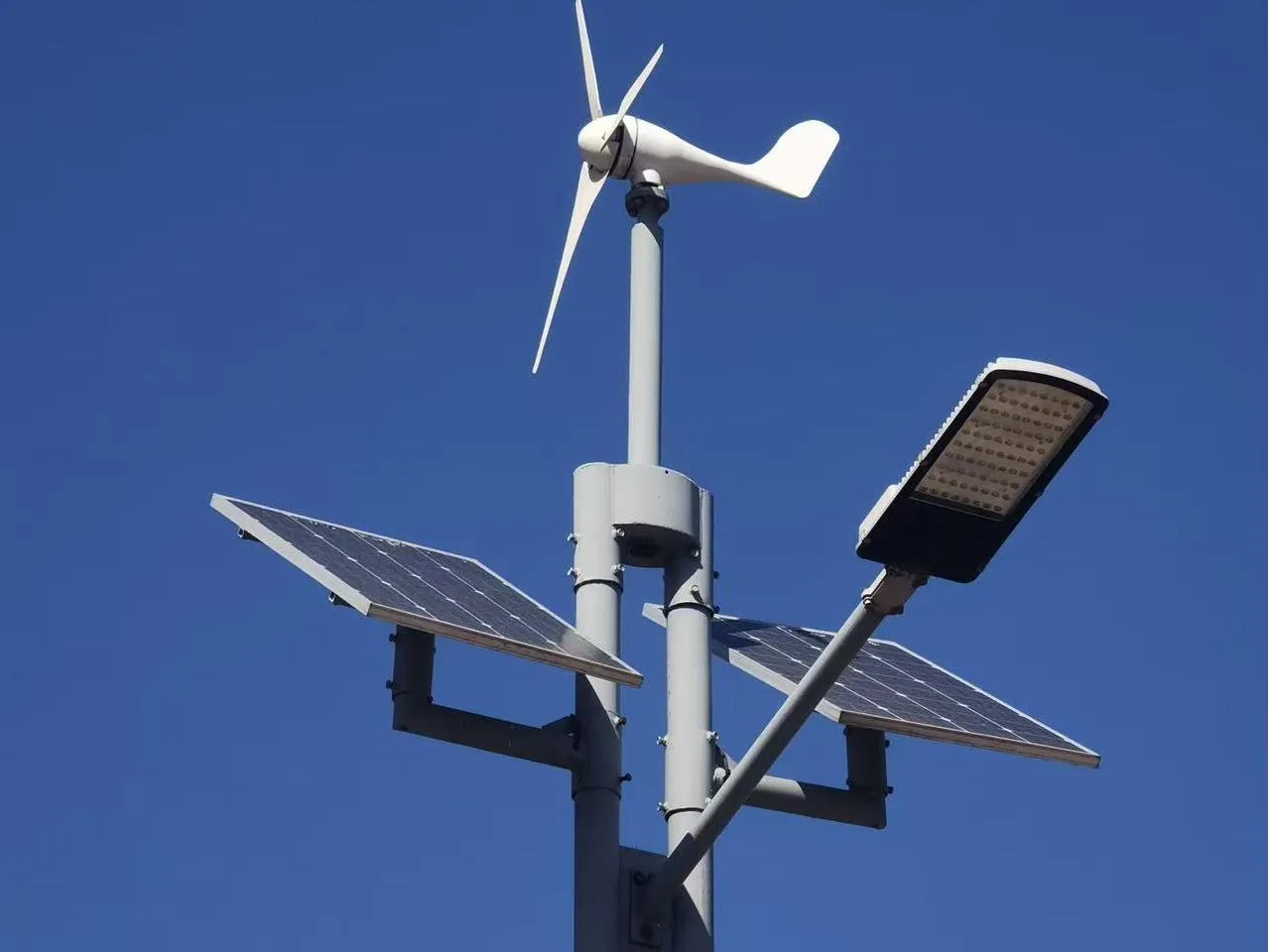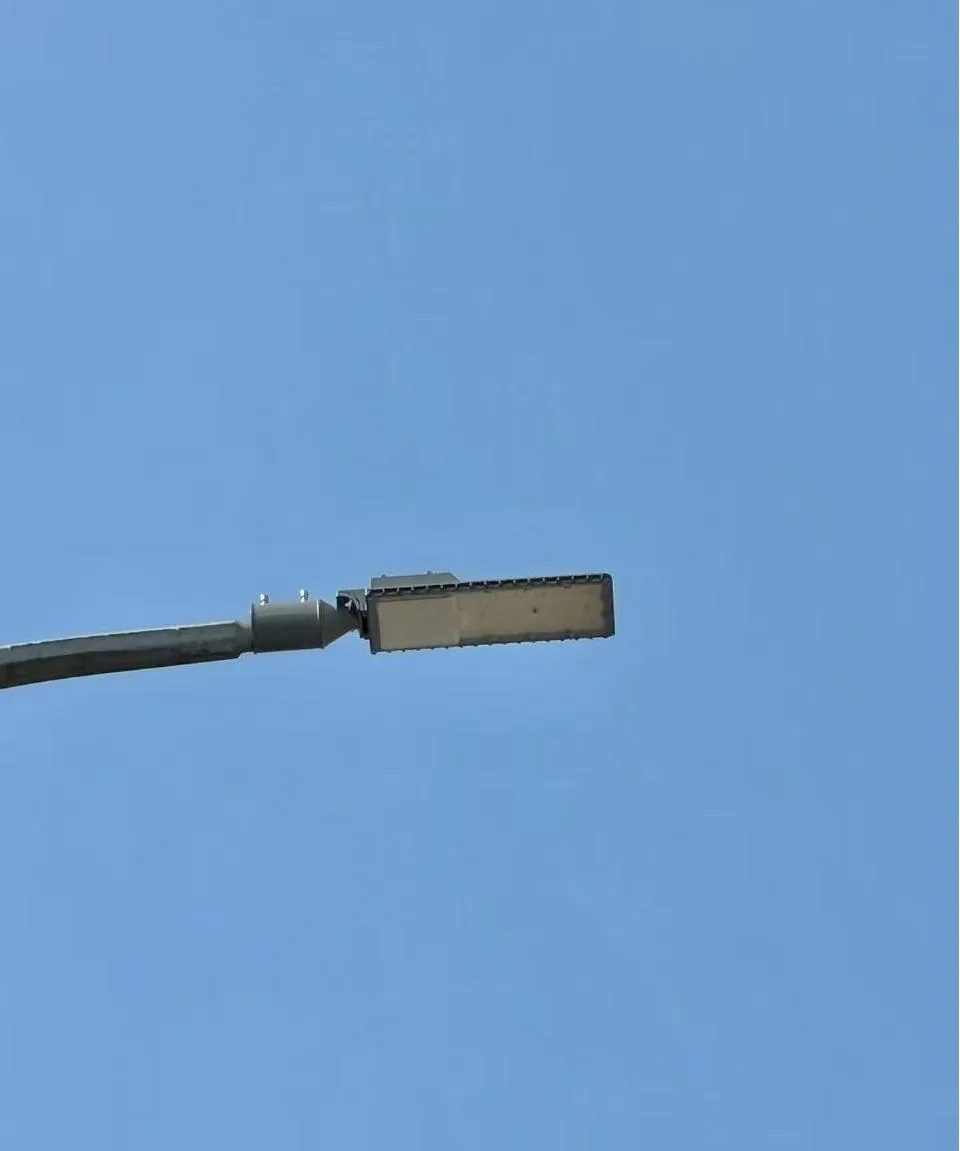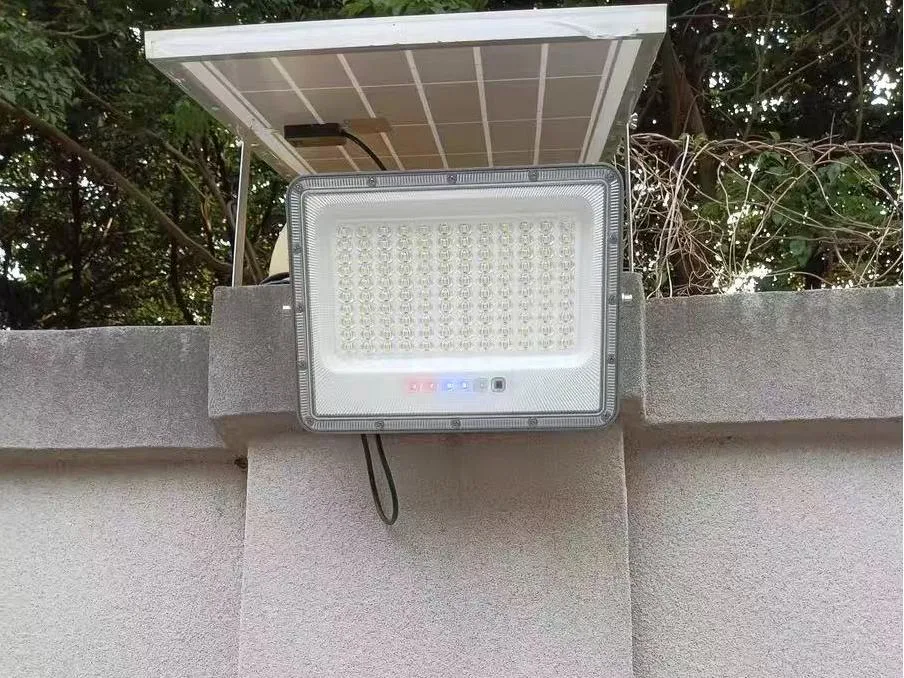Introduction — Understanding “Brightness” Beyond Wattage
When discussing commercial led street lighting, the question “How bright is a 150w led street lamp?” often arises.
Yet brightness is not a simple matter of wattage. In modern street lighting design, what does wattage mean for lights?watts represent energy consumption of light bulbs — not light output. True brightness is determined by luminous efficacy, optical design, and led installation environment.
As cities move toward energy-efficient infrastructure and smart lighting systems, understanding how wattage translates to real-world visibility is critical for engineers, contractors, and municipal buyers. This guide explores what a led street light 150w can really deliver in lumens, how optical efficiency influences its performance, and how to optimize results in various field applications.
What Does a 150w led street light Really Mean?
A 150-watt LED street light is typically the modern replacement for a 250 W–400 W high pressure sodium(HPS) or metal-halide lamp. But unlike conventional luminaires, led light systems convert electrical power into visible light far more efficiently.
Nominal Power vs. System Power
Nominal Wattage: The rated input power (150 W).
Driver Efficiency: Usually 90–94%. A 150 W system may draw 155 W from the mains.
Optical Efficiency: The proportion of lumens emitted through the lens, often 85–90%.
Typical Luminous Efficacy
High-quality led street light 150 watt achieve luminous efficacy between 150 lm/W and 210 lm/W, depending on the LED chips, driver quality, and thermal design.
Example: 150 W × 180 lm/W = 27,000 lumens nominal light output.
This means the fixture can easily outperform older 250 W HPS lamps (≈ 13,000 lm) while consuming 40% less energy.
Key Photometric Concepts Explained
To evaluate street lighting properly, one must understand several core photometric parameters.
| Metric | Symbol | Unit | Definition |
| Luminous Flux | Φ | lumens (lm) | Total light emitted by a source |
| Luminous Efficacy | η | lm/W | Lumens produced per watt consumed |
| Illuminance | E | lux | Light falling on a surface (lm/m²) |
| Luminance | L | cd/m² | Brightness perceived from the road surface |
| Uniformity Ratio | U₀ | – | Ratio of minimum to average illuminance |
These terms form the foundation of professional lighting design. A high lumen output is meaningless without proper distribution and uniformity.
Optical Design — The Heart of Performance
Beam Angle and Distribution Type
LED street lights use secondary optics to direct light precisely where needed. The beam angle determines the spread pattern across the roadway.
Common distribution types include:
Type I: Narrow pattern for walkways or bike paths.
Type II: Medium spread for local streets.
Type III: Wide lateral distribution for collector roads.
Type IV: Forward throw for parking areas or large intersections.
An optimized 150 W led luminaire light typically uses Type II or III optics, ensuring balanced brightness across a 2–3-lane roadway.
Lens Material and Transmission
Optical lenses are usually made from:
PC (Polycarbonate): High impact resistance, 88–90% transmission.
PMMA (Acrylic): Superior clarity, 92–93% transmission, but less impact resistant.
Advanced TIR (Total Internal Reflection) lenses improve uniformity and minimize light spill.
Glare and Uniformity
Driver comfort and safety depend on uniformity and glare control.
A uniformity ratio (U₀) of 0.4–0.5 is recommended for main roads, meaning the darkest point should not be below 40% of the average illumination.
Modern optics achieve this through multi-array LED modules that evenly distribute light.
Learn more in our [LED Lens Design Guide].
Matching Light Output to Road Class and Pole Height
Proper photometric planning ensures that the luminous output of a 150 W led street light fixture meets road-class standards.
Roadway Lighting Classes
According to IESNA (North America) and EN 13201 (Europe), recommended illuminance levels vary by road type:
| Road Class | Average Illuminance (lux) | Uniformity (U₀) |
| Expressway / Major | 20–30 lux | ≥ 0.4 |
| Collector / Secondary | 15–20 lux | ≥ 0.4 |
| Residential / Local | 8–15 lux | ≥ 0.35 |
A well-engineered 150 W LED street light can comfortably achieve 20–25 lux at 10 m mounting height and 30 m path light spacing, satisfying collector road requirements.
Mounting Height and Spacing Ratio
| Pole Height (m) | Spacing (m) | Typical Road Width (m) | Average Illuminance (lux) |
| 8 m | 25 m | 6 m | 16–18 lux |
| 10 m | 30 m | 8 m | 20–22 lux |
| 12 m | 35 m | 10 m | 18–20 lux |
Higher poles reduce glare and improve uniformity but require greater lumen output to maintain target illuminance.
Comparing 150 W LED Street Light with Other Wattages
| Power Rating | Luminous Efficacy (lm/W) | Approx. Lumens | Equivalent to HPS |
| 100 W | 180 lm/W | 18,000 lm | 150 watt high pressure sodium bulb |
| 150 W | 180 lm/W | 27,000 lm | 250–300 W HPS |
| 200 W | 180 lm/W | 36,000 lm | 400 watt high pressure sodium lamp |
With 60% energy savings and longer lifespan, upgrading to LED is both cost-effective and sustainable.
Energy Efficiency and Lifecycle Economics
A true measure of efficiency extends beyond lumens per watt led — it includes total system reliability, driver quality, and maintenance cost.
System Power and Delivered Lumens
Driver Power Factor (PF): ≥ 0.95 ensures efficient energy use.
Surge Protection: 10 kV or 20 kV safeguards circuits from spikes.
Thermal Management: ADC12 die-cast aluminum housing improves heat dissipation and prolongs lifespan.
Maintenance and Payback
A typical 150 watt led light runs 12 hours per day, consuming 657 kWh/year. Compared with a 250 W HPS (1,095 kWh/year), that’s roughly 440 kWh saved annually per unit.
At $0.15 per kWh, the annual savings per fixture is $66.
Across a 10,000-unit city project, that’s $660,000 saved every year — excluding maintenance cost reductions.
With a 5-year warranty, ROI occurs within 2–3 years.
Understanding Photometric Files (IES & LDT)
For engineers and specifiers, photometric files are the most reliable way to evaluate brightness distribution.
How to Read Them:
Luminous Intensity Distribution Curve: Shows how light is projected horizontally and vertically.
Isolux Diagram: Indicates ground-level illuminance contours (lux values).
Polar Curve: Visual representation of beam symmetry.
Spacing Table: Suggests optimum pole distances for uniform lighting.
Interpreting these files helps determine the correct pole height, tilt angle, and fixture spacing for target lux levels.
Learn more in our [LED Street Light Photometric Guide].
Real-World Field Application
Case Study – Collector Road Retrofit Project
In a 2024 urban lighting retrofit, 150 W LinkLights LED fixtures replaced 250 W sodium lamps across a 2 km collector road.
Project Data:
Pole height: 10 m
Spacing: 30 m
Average illuminance: 21.6 lux
Uniformity (U₀): 0.43
Annual energy savings: 39%
CO₂ reduction: ~280 tons/year
The installation not only met IES standards but also improved visual comfort for drivers and pedestrians.
Environmental Durability
Ingress Protection: IP66 ensures resistance to rain and dust.
IK10 Impact Rating: Vandal-resistant.
Operating Temperature: –40 °C to +50 °C.
LED Chips: Philips 3030 / Lumileds 5050.
Driver: Sosen / Meanwell with ±6 kV line-to-ground surge protection.
Such design choices guarantee consistent photometric performance throughout the luminaire’s lifetime.
Design Efficiency — Balancing Optics and Power
Why Efficiency Matters
A 150w led light with 180 lm/W efficacy produces the same brightness as a 200 W light at 135 lm/W — consuming 25% less energy.
Therefore, efficacy, not wattage, defines design quality.
Factors Influencing Design Efficiency
LED Chip Technology: New generation 5050 SMD LEDs deliver > 200 lm/W.
Driver Performance: Stable output current reduces lumen depreciation.
Thermal Interface: Larger heat sink fins increase surface area for cooling.
Optics Design: Precision lenses minimize wasted lumens.
Housing Geometry: Airflow channels improve convection.
Efficient design ensures higher maintained lumens (L90 > 50,000 hours) and lower total cost of ownership.
Practical Recommendations for Designers
MatchOutput to Road Type: Don’t oversize fixtures. A 150 W LED suits most 8–10 m collector roads.
Check Photometric Data: Always verify IES/LDT files against standards.
Optimie Pole Layout: Target uniformity ≥ 0.4 with correct spacing.
Ensure Quality Drivers: Choose PF > 0.95, THD < 10%.
Plan Maintenance: Favor modular designs for easy part replacement.
Consider Smart Controls: Dimming schedules can add 15–25% extra savings.
Prioritize Certifications: CE, RoHS, ENEC, CB, DLC ensure compliance for tenders.
FAQs
Q1: How many lumens does a 150 W LED street light produce?
Depending on efficacy, between 22,000 and 31,000 lumens. High-end industrial models average around 27,000 lm.
Q2: What is the ideal pole height for a 150w led lamp?
Usually 8–12 meters depending on road width and class. For collector roads, 10 m is optimal.
Q3: Can a 150 watt led lamp replace a 250 W HPS lamp?
Yes — it delivers higher brightness with up to 60% less energy consumption and longer life expectancy.
Q4: How does beam angle affect road brightness?
A narrower beam (Type II) intensifies light on narrow roads, while wider beams (Type III/IV) improve coverage on multi-lane roads.
Q5: What affects long-term brightness?
Thermal design, driver stability, and LED quality. Look for L90 > 50,000 h and 5–7 year warranties.
Conclusion — Brightness is More Than Power
The brightness of a 150-watt LED street light cannot be defined by wattage alone.
Its true performance depends on luminous efficacy, optical precision, mounting geometry, and application design.
A well-engineered 150 W LED luminaire offers 25,000 – 30,000 lumens, high uniformity, and superior energy efficiency — making it ideal for municipal roads, industrial parks, and residential avenues.
By selecting the right combination of optics, driver quality, and installation height, cities can achieve safer, brighter, and more sustainable streetscapes.
For tailored design support and photometric consultation, contact our engineering team or explore our [LED Street Light Product Line].
